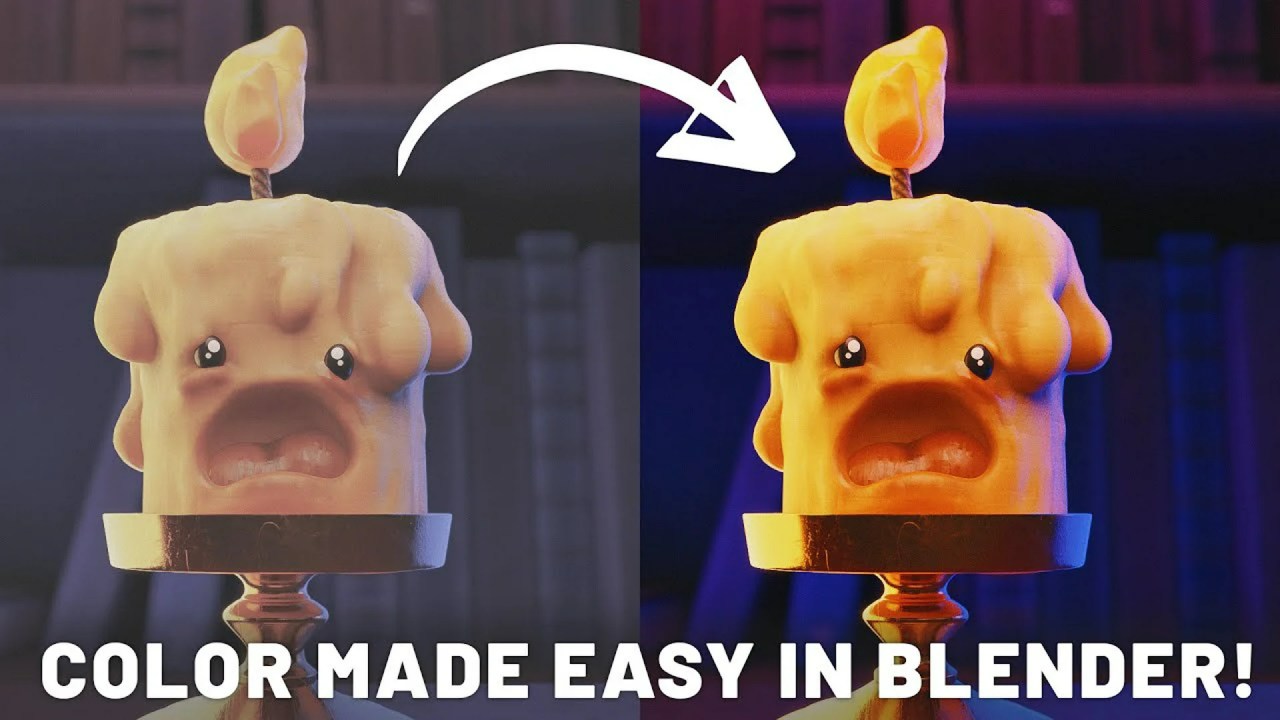Learn an easy way to vary textures across many objects using a single material and a texture atlas in Blender. This efficient approach, presented by Poly Playground, keeps your projects lightweight while offering rich visual variation.
Tired of managing a multitude of materials to get slight texture differences in your Blender projects? Handling varied items like scattered foliage, distinct stones, or detailed decals can become unwieldy, slow your process, and bloat file sizes. Imagine achieving striking variation using only one material.
In an excellent walkthrough, the creators at Poly Playground reveal a transformative technique: using the UV tile selector together with a texture atlas. This system enables you to randomize texture tiles across many objects while keeping a single, optimized material. Their method simplifies setup and unlocks enhanced flexibility and performance for your 3D work.
The Advantages of Texture Atlases
A texture atlas groups many smaller textures into a single larger image. Rather than loading numerous texture files, your application only needs one, which boosts performance—especially important in games and extensive architectural renders. This approach is fundamental for optimizing assets and lowering draw calls.
Poly Playground’s guide carefully explains the workflow, beginning with the initial setup in Blender’s shading workspace. The technique hinges on smart use of math nodes—notably Floor, Modulo, and Divide. These nodes collaborate to translate a single tile index into its respective row and column on the atlas grid, enabling you to isolate and show specific tiles from the combined image.
Getting Automatic Variation
A standout feature of this setup is the capacity to randomize textures per object automatically. By using an Object Info node and its random output, Poly Playground shows how each copy of an object can select a different tile from the atlas, producing instant, natural variety without manual tweaks. This is ideal for distributing elements like plants or debris, where varied looks increase realism.
Additionally, the tutorial highlights adaptability. Whether your atlas is 2×2, 3×3, or 4×4, the instructor explains how to tweak node values to suit your atlas layout. This adaptability makes the UV tile selector a versatile tool in your Blender toolkit across many project types.
The use of texture atlases has long been a key tactic in efficient graphics workflows, particularly in game development where cutting draw calls is vital for performance. Combining multiple textures into one reduces the GPU’s need to switch textures, improving frame rates. Poly Playground’s thorough explanation makes this professional optimization accessible to Blender users, connecting advanced concepts with real-world practice.
Tools That Speed Up Your Process
To help create texture atlases more easily, Poly Playground suggests their PolySuite.app. Their Billboard Builder on PolySuite can quickly produce texture atlases: enter your prompt, choose “Sheet Mode,” and a usable atlas is ready in minutes. This tool reflects their focus on giving creators time-saving options.
Using a UV tile selector with a texture atlas is a potent method that can significantly speed up your workflow and boost scene performance in Blender. By following Poly Playground’s concise tutorial, you can rethink your texturing approach, crafting diverse, detailed environments with minimal effort and strong results. Try this technique and expand your creative options!
Source:
How to Use a Texture Atlas in Blender (UV Tile Selector Tutorial)



